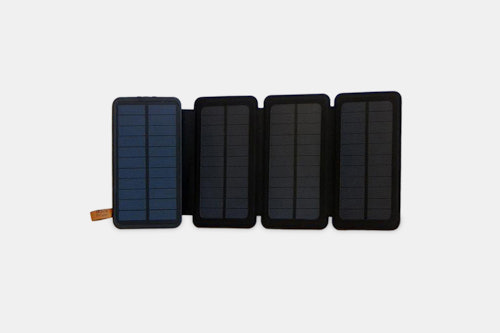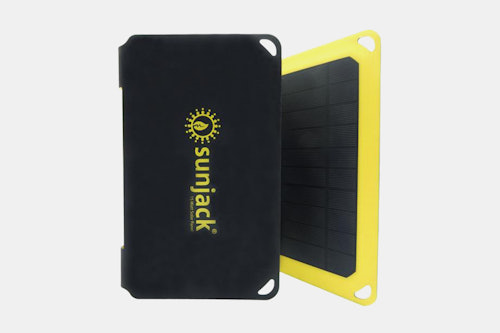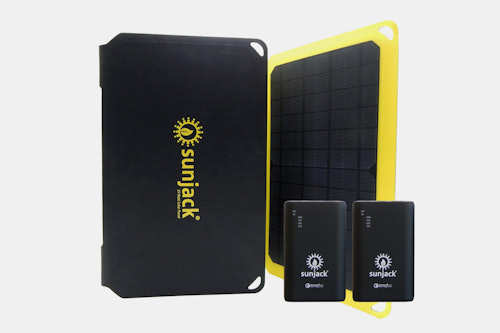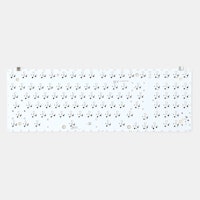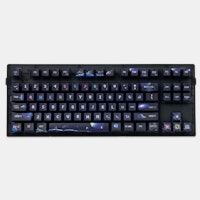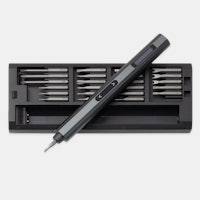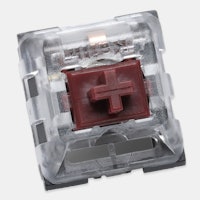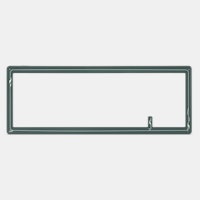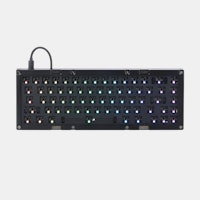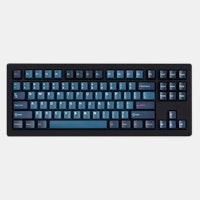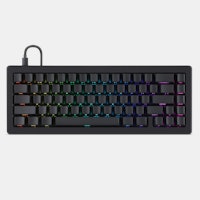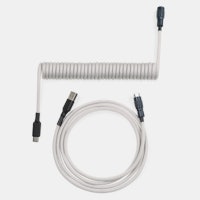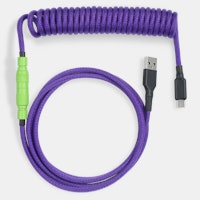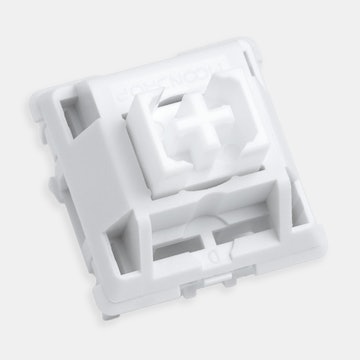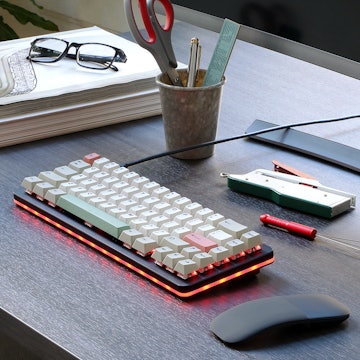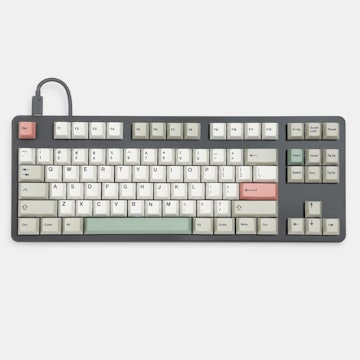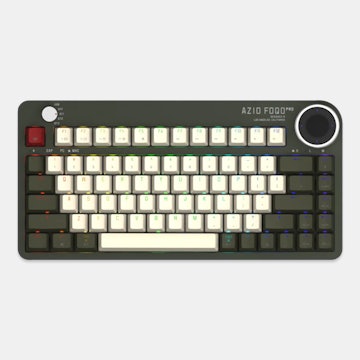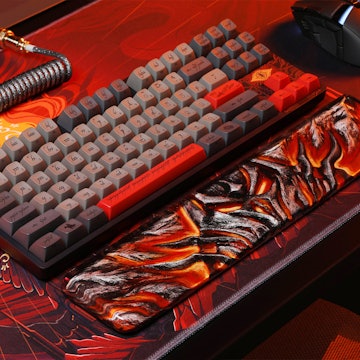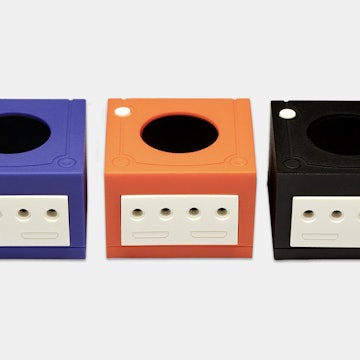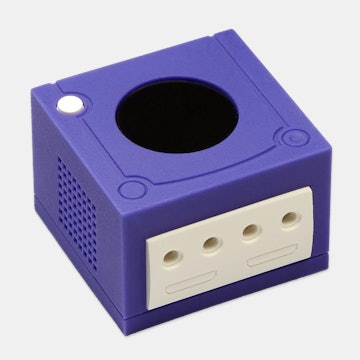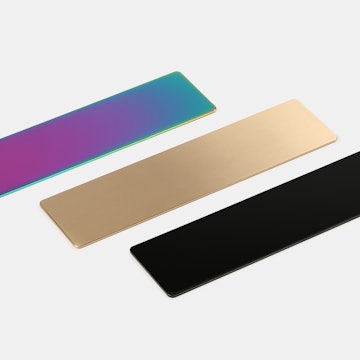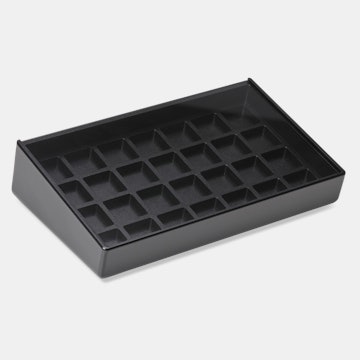Click to view our Accessibility Statement or contact us with accessibility-related questions













SunJack Solar Charger + Powerbank
SunJack Solar Charger + Powerbank
bookmark_border
Where's the price?
To negotiate the best possible price for our customers, we agree to hide prices prior to logging in.
2.2K requests
Product Description
Take advantage of the sunshine and power up while backpacking with the 5-watt SunJack solar charger and powerbank. The 10,000mAh high-capacity powerbank charges smartphones and tablets several times over Read More

search
close
Sort by: Newest
keyboard_arrow_downHeston
4
Feb 8, 2019
Hey everyone! Just a bit of hopefully helpful information - if you charge your device directly from *any* solar panel, you run the risk of damage. Here's a blog post to help make sure you're charging correctly while in the back country! :D
https://www.flyboxgadgets.com/blogs/news/can-solar-charging-damage-your-device
tnegunneb
6
Jan 28, 2019
5W is less expensive ($34.95 shipped) on Amazon right now with prime. Only real deal is the 14W and 20W.
TRexSr
132
Jul 12, 2019
tnegunnebI’ve been into solar for a bit and anything less than 10w is a waste of money. You need size and time and the larger watt panels are more efficient at charging "today’s batteries". Don’t direct charge a phone or any other item except the battery. Use the battery to charge the device.

theonug
273
Dec 20, 2018
Once again the picture is the most expensive model at $94.99 (29.99 + 65.00) while the price shown of $29.99 is for the budget model. C'mon MD, cut that crap out, these Trumpian tactics are unacceptable.
ShawnRufus
47
Nov 25, 2018
I recieved my 20w unit nice looking piece of kit. Seems to charge when cloudy, slow but it does charge. BEWARE the battery packs are the inferior "lithium polymer" these will catch fire if over charged or damaged slightly , recharge cycles are half of lithium ion. These packs are hard to find as manufacturers have gone with the safer and longer lasting lithium ion. If it had said lithium polymer in the description I don't think I would have purchased.
ShawnRufus
47
Jan 31, 2019
I don't know what the charge time is as it's winter here and I can't remember the last sunny day lol. It's put away now until spring.
TRexSr
132
Jul 12, 2019
I have home solar and have been into solar before that so here is my 2 cents. The reason the larger watt panels produce in cloudy times is because of the size of the panels. Size means more wattage produces and in turn more voltage to charge a battery albeit quickly (full rate of charge on cloudless days) or slower on cloudy days because of a slower wattage/voltage situation. Now the batteries may be the older tech but if you can keep them shadowed aka in a tent or cooler with the panels out you will be fine but remember too that you can buy better tech batteries to use in place or in addition to, increase your energy needs as needed.
Rory_Dudley
17
Oct 5, 2018
I have a solar charger in the closet. I found that a solar charger doesn't really work very well while strapped to your pack and on the move. It works fine if you set it up stationary and wait for it to charge. On the trail the sun is broken up by canopy and turns. We pretty much hike from dawn to dusk so solar just wasn't the answer. We wound up getting a little bigger battery and just charging it before hand. It weighs much less than a panel and a smaller battery.
bpchristensen
172
Oct 8, 2018
Rory_DudleyTotally agree with this approach based on my experience. Solar chargers are only useful if you are going to have a “base camp” where it can sit stationary in the sun (ideally rotated as the sun moves across the sky, especially during any season but mid summer).
If you think of a battery pack as a 5 gallon jug and the panel as an MSR pump filter, it helps. The problem is that without a very big, heavy panel, the rate at which the jug refills is very slow; 10,000 mah is a pretty big “jug”. It will take alll day or even multiple days if the sun is not full brightness to refill completely
If you think of a battery pack as a 5 gallon jug and the panel as an MSR pump filter, it helps. The problem is that without a very big, heavy panel, the rate at which the jug refills is very slow; 10,000 mah is a pretty big “jug”. It will take alll day or even multiple days if the sun is not full brightness to refill completely
Heston
4
Feb 8, 2019
Rory_Dudleythe SQ1 works well for me while hiking, which is why I added it to this poll. It is a single unit that is rigid and easily mounts to the top of my pack while hiking. Works exceedingly well for SOBO trails!
Upvote the SQ1!
https://www.massdrop.com/vote/portable-solar-charger-for-back-country-excursions
More product info:
https://www.flyboxgadgets.com/products/waterproof-solar-power-bank-5600-mah

waywardson
95
Dec 17, 2018
Kikiprobably the big ass battery, many places have restrictions on shipping batteries

Jhawins
142
Oct 5, 2018
BE WARNED: " SunJack Solar Charger + Powerbank"
This is a blatant lie. This drop does NOT include a powerbank at the $29.99 level.
bpchristensen
172
Oct 5, 2018
FWIW, I use a Goal Zero Nomad 7 (2-panel 7 watt) charger on hunting and backpacking trips. I pair it with a Belkin 6,600 Mah battery pack and combined they weigh 718g or with the GoalZero Guide 10 pack and combined they weigh 600g . That is only slightly less than the 14w panel and 10,000 Mah battery in this drop, which represents a significant boost in both charging speed and capacity (if the specs are to be believed). If I didn’t have the Goal Zero already I’d be seriously considering this 14w bundle. Very handy for recharging headlamp, Earthmate, and smartphone while on trips lasting more than a couple days. One nice thing about the "Guide 10" battery pack/charger versus a typical "battery pack" like the ones on this drop is that it holds 4 AAA or AA batteries (3,200 mah or 8,000 mah respectively). The Guide 10 can then be used as a traditional "juice pack" like the ones included in this drop (albeit with less capacity), OR you can pull the batteries out to power a device such as a flashlight or headlamp and then pop another set of batteries in to be charged while you're away from base camp.
ONE IMPORTANT THING TO NOTE: Everyone gets hung up on charge times with solar panels. One disadvantage of these Sunjack solar panels is that the charging output is limited to a pair of USB ports. By design, USB ports are limited to 5 volts and ~2 amps each (max output ~10 watts). This means that if you are using the 20w panel to charge a single device, you have more panel than you need, since the total panel output is ~20w, but you are limited to using ~10w of that output. Obviously having a 20w panel will ensure that you're getting 10w of output in less than ideal conditions (assuming that the panels are all feeding the charge controller rather than 1/2 of them being wired separately to each of the USB ports). Charging a phone directly from a solar panel often doesn't work well because if the phone detects a voltage or current fluctuation outside a pre-determined range, it will shut off charging. I experienced this recently with my iPhone Xs and a solar panel. Solar panels are usually better used to charge an auxiliary battery, which is then used to power devices.
Interestingly, the battery pack(s) included in the 14w and 20w panels are compatible with QC3.0 charging, which charges at higher voltages and therefore charge much more quickly. However the solar panels don't support QC3.0 output, and no QC3.0 charger is included, so unless you have one, you'll be limited to old-school 5vx2.4a charging from a wall mount USB charger. Assuming 70% efficiency, that will mean about 6-7 hours to fully charge one of these from completely empty to completely full. With the 20w solar panel, you're probably looking at >a full day to charge from completely empty unless you are in the Arizona desert in mid-summer. :-)
ONE IMPORTANT THING TO NOTE: Everyone gets hung up on charge times with solar panels. One disadvantage of these Sunjack solar panels is that the charging output is limited to a pair of USB ports. By design, USB ports are limited to 5 volts and ~2 amps each (max output ~10 watts). This means that if you are using the 20w panel to charge a single device, you have more panel than you need, since the total panel output is ~20w, but you are limited to using ~10w of that output. Obviously having a 20w panel will ensure that you're getting 10w of output in less than ideal conditions (assuming that the panels are all feeding the charge controller rather than 1/2 of them being wired separately to each of the USB ports). Charging a phone directly from a solar panel often doesn't work well because if the phone detects a voltage or current fluctuation outside a pre-determined range, it will shut off charging. I experienced this recently with my iPhone Xs and a solar panel. Solar panels are usually better used to charge an auxiliary battery, which is then used to power devices.
Interestingly, the battery pack(s) included in the 14w and 20w panels are compatible with QC3.0 charging, which charges at higher voltages and therefore charge much more quickly. However the solar panels don't support QC3.0 output, and no QC3.0 charger is included, so unless you have one, you'll be limited to old-school 5vx2.4a charging from a wall mount USB charger. Assuming 70% efficiency, that will mean about 6-7 hours to fully charge one of these from completely empty to completely full. With the 20w solar panel, you're probably looking at >a full day to charge from completely empty unless you are in the Arizona desert in mid-summer. :-)
Showing 25 of 138
Recent Activity
